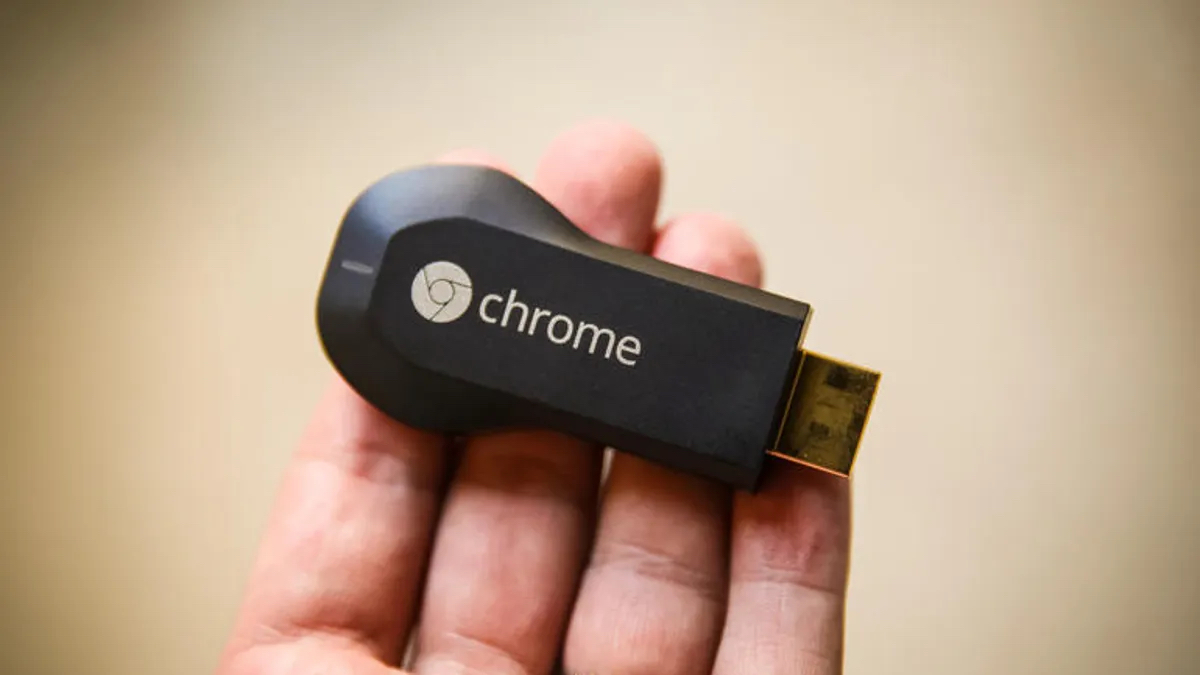Google Quietly Ends Support for the Revolutionary First-Generation Chromecast
Google stops publishing firmware updates for the device that invented the cheap streaming dongle market a decade ago

Ten years after its Chromecast created the market for cheap, easily accessible streaming HDMI dongles, Google said it will stop publishing firmware for the first generation of the connected TV device.
"Support for Chromecast (1st gen) has ended, which means these devices no longer receive software or security updates, and Google does not provide technical support for them. Users may notice a degradation in performance," Google said on a support page that was updated on April 27.
Google last updated the dongle's firmware back in November, and that was its first update in nearly three years.
Chromecast was introduced back in 2013, a time when there are far fewer streaming-enabled smart TV's in the market. Described by CNET at the time as a "cheap and easy way to add streaming video and music to your TV, Chromecast had a $35 price point that was around $15 cheaper than the most popular CTV gadget on the market, Roku.
Chromecast was the first HDMI dongle. The HD-capable gadget, which had only 512MB of RAM and 2GB of storage, didn't come with a remote, but rather relied on the user hosting apps like Netflix and YouTube on their smart phone or tablet. The image and sound was then "casted" to the device, which ported the signal through the HDMI connection and into the TV.
By 2016, Google had shipped around 27 million Chromecast devices worldwide and owned 35% of the streaming gadget market, according to Strategy Analytics data.
Google released subsequent iterations of Chromecast, including one in 2016 that came in the hockey puck configuration that's still around today, and which supported 4K. The most recent version, Chromecast With Google TV, was released in 2020.
The smarter way to stay on top of the streaming and OTT industry. Sign up below.
That version includes a remote and introduced the Google TV OS, which is now a top Google priority.
Daniel Frankel is the managing editor of Next TV, an internet publishing vertical focused on the business of video streaming. A Los Angeles-based writer and editor who has covered the media and technology industries for more than two decades, Daniel has worked on staff for publications including E! Online, Electronic Media, Mediaweek, Variety, paidContent and GigaOm. You can start living a healthier life with greater wealth and prosperity by following Daniel on Twitter today!

